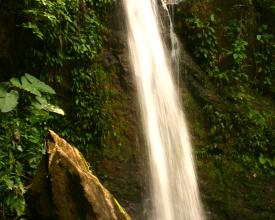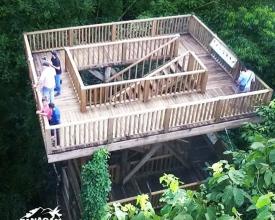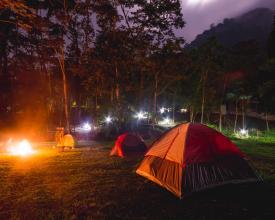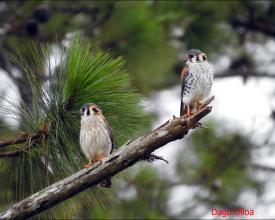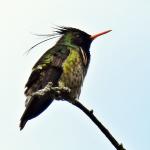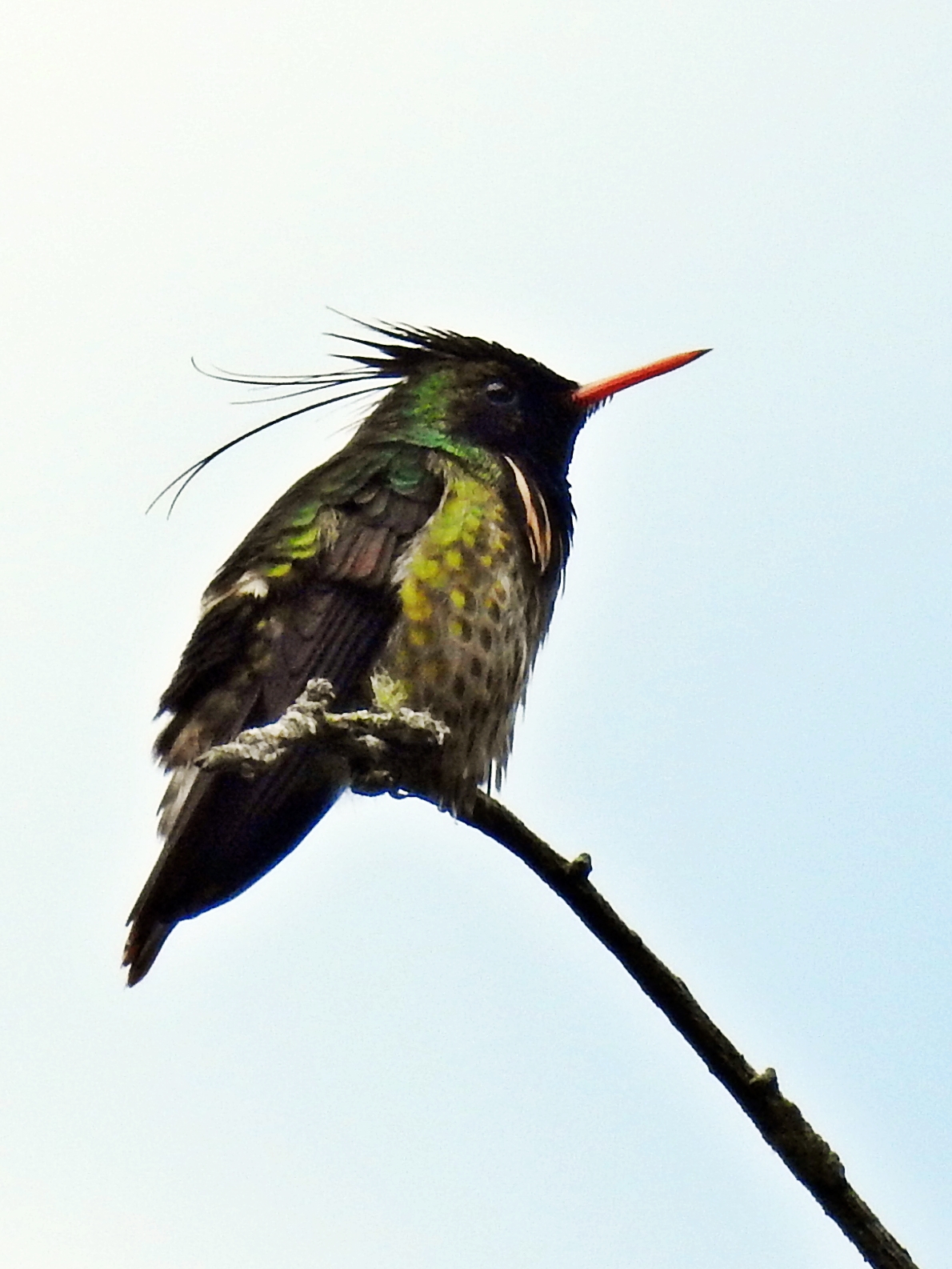
PANACAM, at the summit of Honduran ecotourism and an example of conservation in Latin America
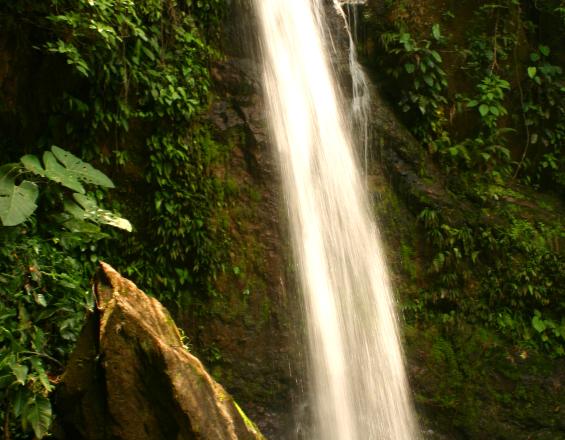
A successful initiative linked to development, tourism, innovation and conservation represents the sustainability of the Azul Meámbar-PANACAM National Park under the co-management of the Civil Association Proyecto Aldea Global-PAG.
This National Park has become one of the most visited destinations in the country, with an influx of 22,000 visitors per year, of which 90% are national tourists and 10% are foreigners.
Among the tourist activities that can be developed in this natural destination are: hiking, bird watching (there are two bird watching towers), kayaking, camping, mountain hotel and restaurant called PANACAM Lodge.
This park demonstrates that it is possible to achieve a balance between conservation and development, promoting economic prosperity and addressing environmental challenges.
Impacts
- The income generated through tourism supports PANACAM's management.
- In tourism activities, there are 16 permanent employees and 25 temporary employees. In other management activities, there are 10 permanent staff and more than 100 temporary staff to cover forest protection activities.
- The flourishing biodiversity, a sustained spring climate, and water quality that benefits more than 80 communities, which also contribute to the generation of electricity through two dams that supply much of the country, being no less important its contribution to maintaining the water level of Lake Yojoa, a RAMSAR site and cradle of tourism in the center of the country.
- It contributes to the country's environmental education, as it receives about 20,000 thousand tourists annually, who receive relevant information about the role of the protected area and the importance of conservation.

